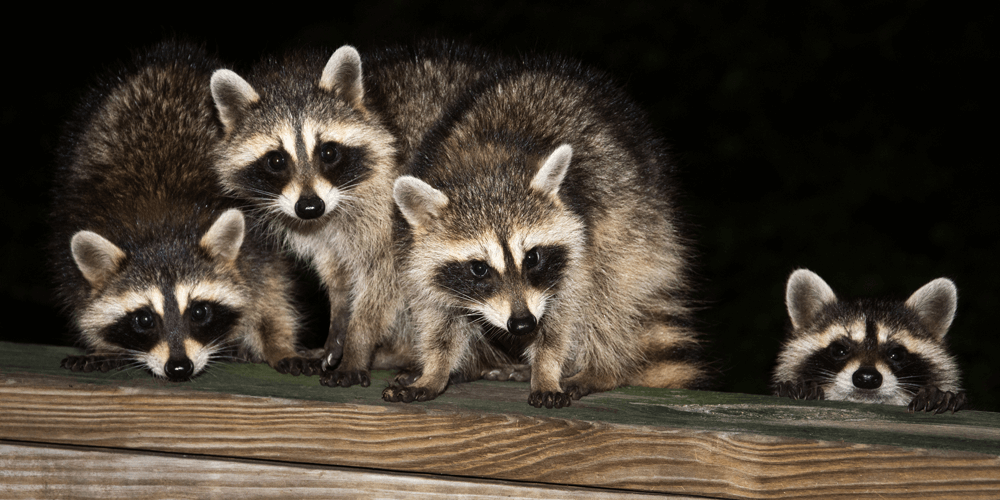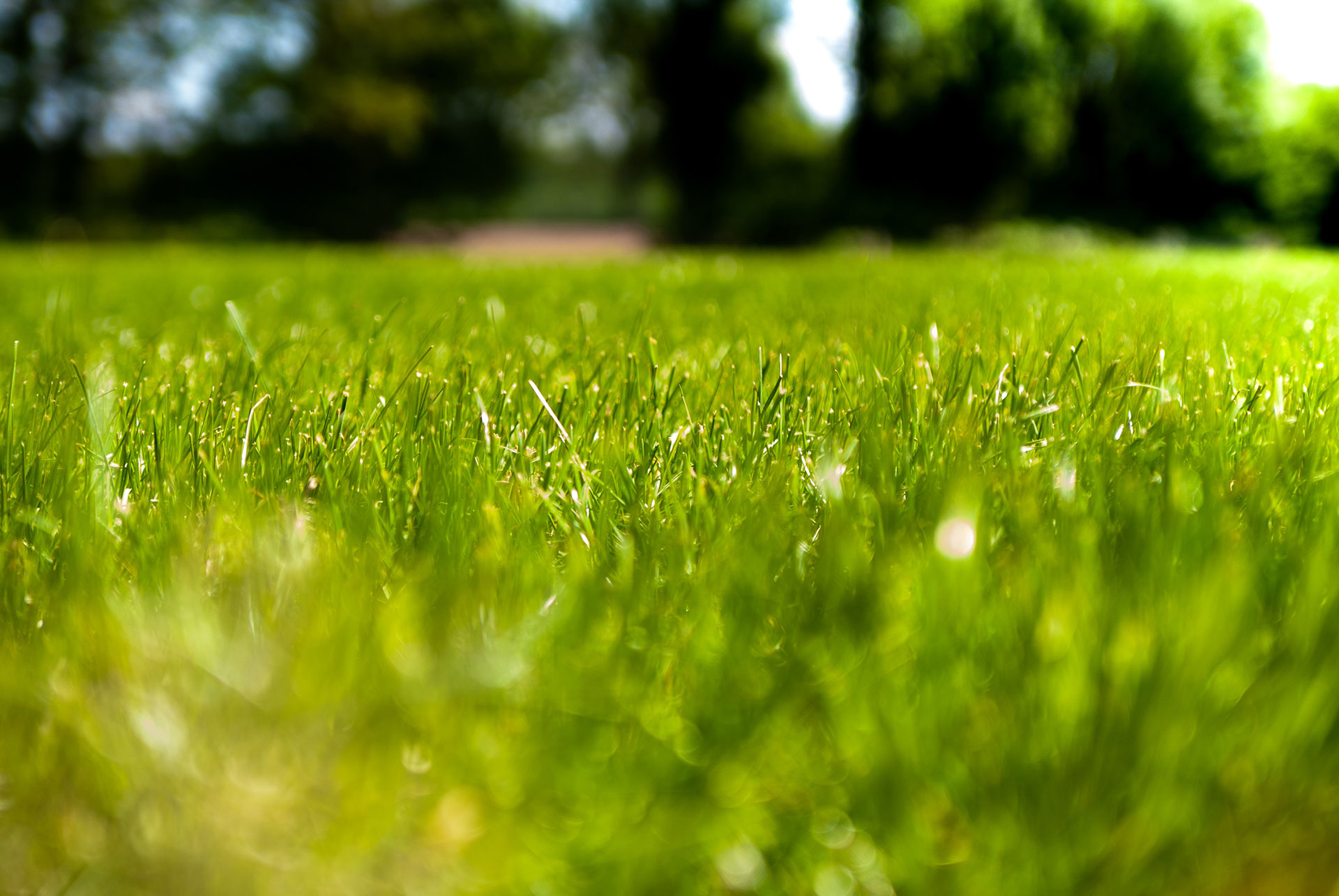
Raccoons
Raccoons are found throughout the United States. Adults can reach 10 to 30 pounds and have gray fur and a distinctive black mask across their face. Their natural habitat is wooded areas along rivers and streams, but these extremely adaptable mammals have thrived in Missouri urban areas and are becoming increasingly abundant. Raccoons are nocturnal and particularly reclusive omnivores, eating both plants and animals.
Most racoon problems occur when the animals invade structures such as chimneys, attics or crawl spaces for shelter or nesting. Racoons can carry several infectious diseases, in particular an especially virulent strain of rabies that can be a threat to house pets or humans. Raccoons can cause considerable feeding damage to garden crops and fruit trees and they raid chicken coops in rural areas. Raccoon activity can be identified by their distinctive tracks, with five toes and claws on a 3-inch-long footprint and a 3 ¼ to 4 ½ inch long handprint.
As with skunks and armadillos, raccoons can damage turf and ornamentals when burrowing in search of grubs and insects. No chemical repellents are registered for controlling raccoons, although mothballs or ammonia-soaked rags may be effective in enclosed spaces. Raccoons are not particularly prone to scare devices and quickly learn that no threat is present. In valuable ornamental beds, exclusion with sturdy or electrified fencing may be the most successful strategy for limiting raccoon damage.
In urban areas, problem animals can be removed by trapping with live, cage-style traps. Traps should be well-anchored and have a bottom or be placed on plywood or another hard surface to avoid the raccoon from digging out. To avoid catching cats or other non-target animals, use baits such as marshmallows, grapes, prunes, peanut butter, or sweet rolls. Due to their potential to spread disease and lower chance for survival, trapped raccoons should not be released at another site. Local pest control companies, the humane society or animal damage control services may be willing to dispose of the trapped raccoon.


